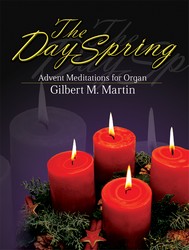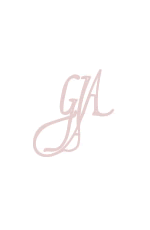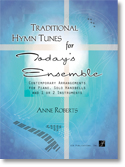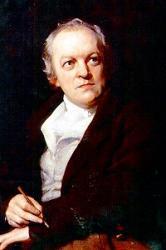Common Praise (1998) #544
Display Title: Can I See Another's Woe First Line: Can I see another's woe Tune Title: BLAKE Author: William Blake, 1757-1827 Meter: 77 77 Scripture: Lamentations 1:1-6; Matthew 5:1-12; Luke 6:17-49; John 16:16-24 Date: 1998 Subject: Justice | ; Lent (season) | ; Trust |
Common Praise (1998) #544


 My Starred Hymns
My Starred Hymns







